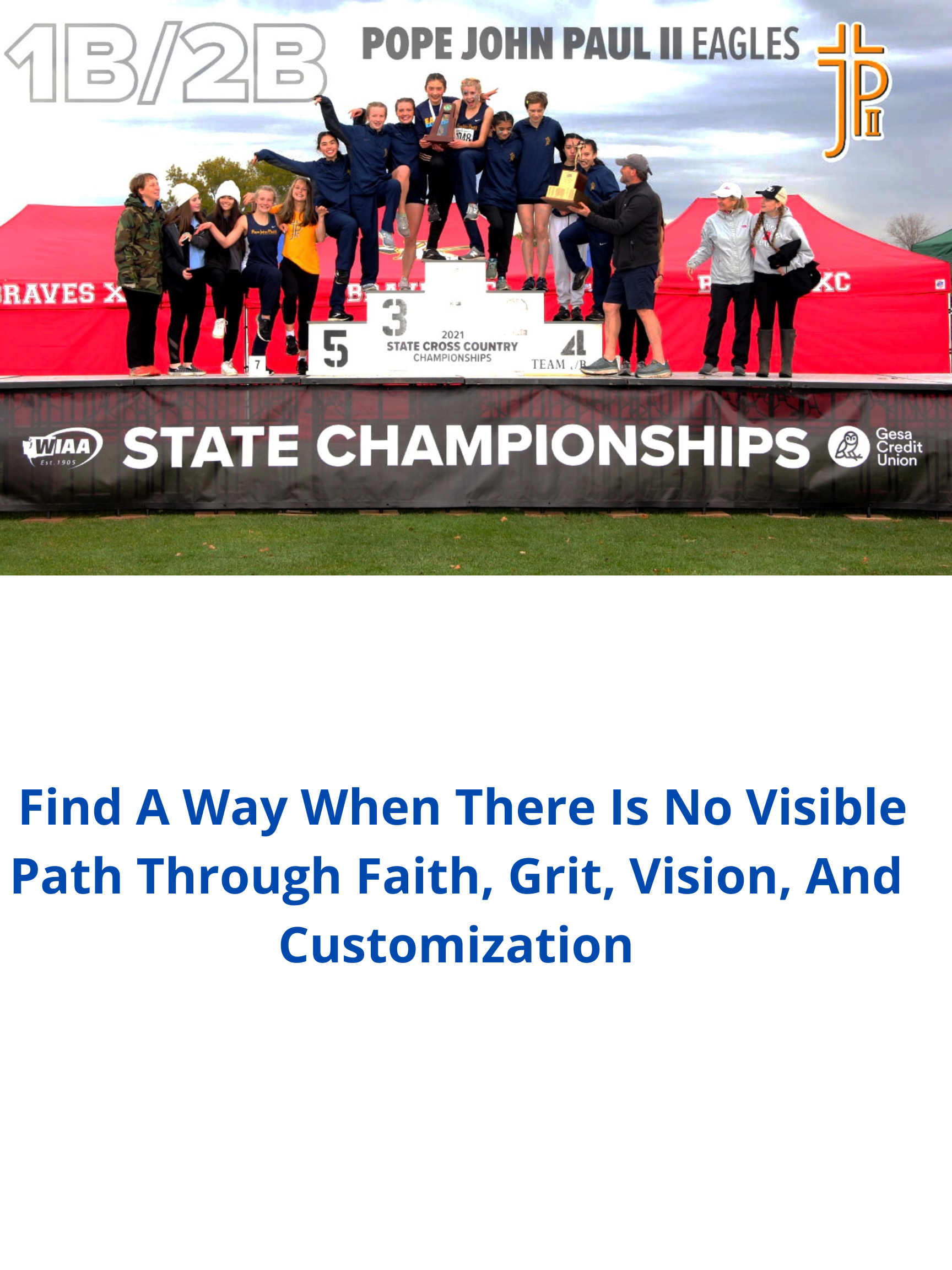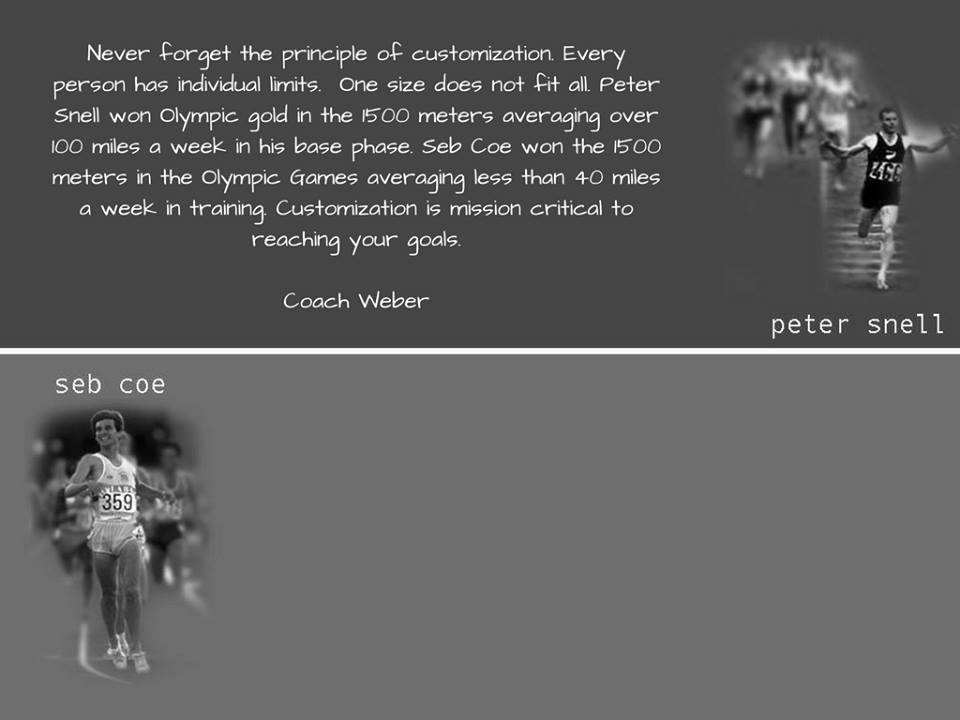The Principle Of Customized Training

Customization Is A "PR" Strategy
My coaching tagline is to "find a way when there is no visible path through faith, grit, vision, and customization."
Each word in this sentence is essential to how I help and serve others.
Today, I will discuss the last word: customization.
One critical lesson I teach the people I coach is the customization principle.
Customized training helps individuals and teams overcome barriers and achieve their full potential.
Customize Your Training To Win
Each person's unique DNA requires a personalized training plan that matches their unique physiology and personality. Customization, by definition, means training and racing in a way that closely matches your God-given gifts and abilities.
This means everyone on a team may have slightly different workouts, or sometimes, massively different workouts, even though the same people train and race the same event.
The standardized training approach (giving everyone the same workout) is much easier from a coaching perspective, but a way better option exists.
Customized training is almost always the best option.
The Next Great Breakthroughs
The key to significant breakthroughs in training and racing is the customization of training to meet individual needs.
How many people fail to reach their God-given potential because of standardized training?
Standardized training is sometimes a good approach if your goal is to complete a race. However, it is not the best approach if you are going after your potential.
Fortunately, there is a better way to reach your full potential. That way is the customization approach.
I am writing this post to bring more awareness to the customization approach to training.
Standardization Is Ingrained In Our Culture
In our culture, people are so used to standardized training that it is seen as the primary alternative. Almost every part of society is somehow standardized these days.
Customized training models don't fit into many people's thinking any longer.
Many training communities do not fully understand the value of customized training because standard ways of doing things are ingrained in our culture.
Let's see an example of what I am talking about outside running.
The Craftsman Of Days Gone By
Think about the craftsman of days gone by. Nothing was mass-produced. Each item, let's say as a piece of furniture, was crafted from scratch and made to the unique specifications of one family.
Standardization methods now mass-produce the furniture so each item looks the same. Much more money is made because it is relatively easy to create mass widgets for multitudes of people rather than unique furniture for one family.
However, the quality and craftsmanship of a customized piece of furniture are usually better in the customized production model.
Said another way, the outcome is better using the customized model for the customer. The customer is more satisfied with the results of the product.
Back To Our Training Example
Like the furniture example, customized training for an individual runner produces much better outcomes than a standardized approach to training.
The athlete comes closer to reaching their God-given potential using the customized training approach.
Customized training should always be the de facto standard, not the exception.
Training The Customized Way
I discuss how two Olympic Champions in the 1500 and 800 meters trained significantly differently in the picture below.
Peter Snell and Seb Coe's training was significantly different, yet both won Olympic Gold Medals and set world records in their races.
The principle of customization comes into play in their example.
Both runners trained based on what was best for their physiology and personalities. One was a high mileage runner who needed more endurance to win—the other runner focused more on honing their natural speed to win the gold.
If you have natural speed, you train one way. If you are strong but need the raw speed, you prepare differently.
The point to remember is one size does not fit all. Each person needs a customized plan for tremendous success.
Some Final Words
I had a parent once, who I think is one of the finest human beings I have ever met, very honestly and frankly say something like this to me:
"Until I saw customized training plans in action, I thought being a coach mostly meant being a good cheerleader and telling runners to go faster. I had no idea how much technical work and thought that goes into training someone to run fast."
I don't remember the parent's comment word for word, but this was the gist of their comment.
Sure, we coaches are natural cheerleaders. I was even a class cheerleader in high school. I still am a loud cheerleader to the people I coach today. Being a solid encourager and cheerleader to others is something I highly value in life.
However, we do other things besides telling people to go out and run fast while cheering them on.😅
Customizing training to the uniqueness of each person is a big part of the job and requires an understanding of human physiology, science, psychology, and more.
As with any profession, we take pride as coaches in doing our best. To do your best as a coach means that you help each person succeed by tailoring training to the person's unique physiology and racing goals.
Customized training takes a lot more time to implement. But like the craftsman of old, it creates the best outcome for all involved.
Blessings,
Coach Weber
Philippians 4:13
